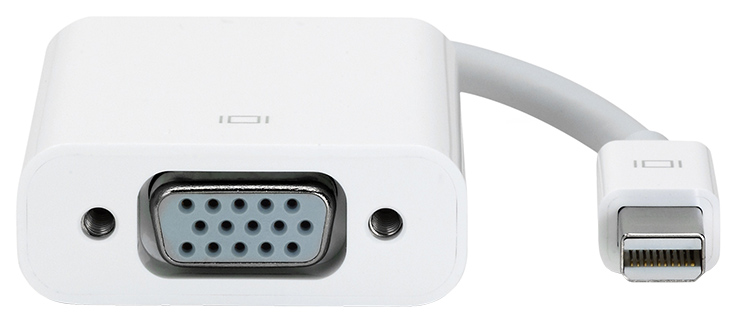

You must use OS X's "bless" utility to change NVRAM entries allowing this to boot.

This gives the option of installing rEFIt (or other EFI bootloaders?) on a USB key. To enter the builtin boot menu, hold the "Option" key while booting.
#DISPLAY FOR MAC MINI 2011 INSTALL#
In consideration of all of the above, updating the computer's firmware is the simplest way to easily install and boot Linux and also get 2D/3D graphics acceleration. Booting in the BIOS compatibility mode also means using either the LILO or GRUB bootloaders, and having an MBR partition table (either hybrid GPT/MBR or plain MBR). Without it, you only get unaccelerated frame buffer graphics.
#DISPLAY FOR MAC MINI 2011 DRIVERS#
This is because the X.org / XFree86 drivers for Intel and ATI, as well as the Linux text console, rely on the Video BIOS and Apple's firmware only provides a Video BIOS when booting in BIOS compatibility mode. In addition, if you want good graphics support in Linux, you must boot it using the BIOS compatibility mode.

Recent firmware adds a BIOS compatibility mode, including detection of BIOS-bootable disks and CDs in the built-in boot volume chooser. This is important - some older versions of firmware won't provide some of the underlying support that you'll likely need to install Debian. Verify that your computer has the latest firmware.


 0 kommentar(er)
0 kommentar(er)
